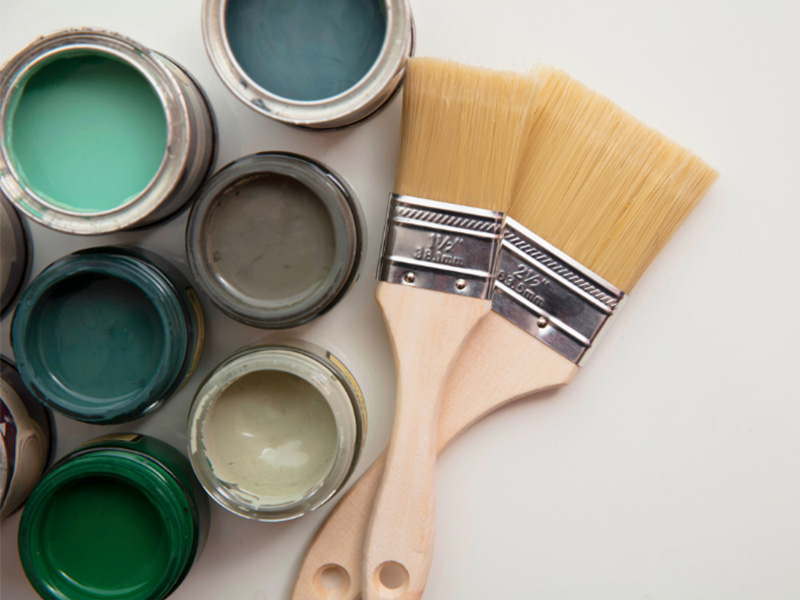Before the railways were de-nationalised and even today maintenance sheds and sidings have their own people and increasingly outside contractors applying paint repair and refurb to engines and rolling stock without knowledge or training.
Back in the day it was more of a brush war as painters waged an unwritten, unspoken brush and colour war. Over many years we have spoken with many folk involved in painting rolling stock and engines, each had their own idea of Brunswick Green, BR Red or Warning Yellow.
Paint sheds and painters had access to powder pigments to develop their own shades of this or that colour and this was an age before colour could be digitally measured, everything was geared to the colour matchers eye. Once painted and thereafter you throw in the mix of cleaning regimes, UV reaction and general wear and tear, colour quickly changes.
We recently visited an iconic rail company who were concerned that the paint around windows was starting to run. Turned out that the cleaning solution used at the shed had in fact a paint thinner additive, water welled on the window frames on washing and then gently slipped away to erode the paint work. Buses are washed daily and that regime coupled with the aggressive cleaning solutions leads to gloss finish being eroded back to matt very quickly, we always advise that the first clean after painting should be at least 4-6 weeks after application and the first 6 months of cleaning should be with cleaning solution diluted up to 40% more than the instructions.
Increasingly people are turning to our Spec 81 extra pale body varnish, a final coat to protect the top coat finish.
Keeping colour alive is a complex game when you consider all the factors that erode colour, washing, UV, general wear and tear.




